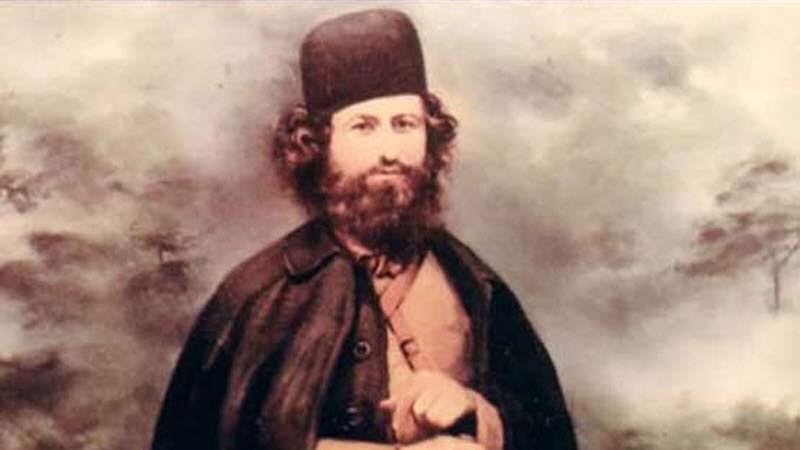Early Iranian Communism: Mirza Kūchak Khan
In the midst of the Iranian Constitutional Revolution (1905-1911), there emerged Mirza Kūchak Khan (1880-1921), a seminary student from Rasht (along the Caspian Sea) on the path to becoming a Mullah (cleric).
When local intelligentsia and ordinary people were becoming politicised, Mirza Kūchak, too, left his studies and joined the rising movement. The context of the time was one which ushered in Iran's modern era, where a constitutional monarchy including democratic elements was first agreed upon under the Shah of the time, Mozaffar al-Dīn in 1906.
However, feudal lords were not ready to give up their privileges, nor were they ready to respect the newly elected Majlis (Parliament). Following Mozaffar al-Dīn's death, the new monarch Mohammed Ali Shah organised a coup with the help of Russian Cossacks, and the Majlis was bombarded. This triggered uprising and general unrest, particularly in Rasht, Tabriz and Ardabil.
In the northern forests of Gilan, Mirza Kūchak Khan's Nehzat e Jangali movement (the forest movement) was born in 1914, collaborating with the Society of Islamic Union against Shah loyalists aided both directly and indirectly by Tsarist Russians and the British.
The Jangalis, as they became known, cooperated with Soviet Revolutionaries who were growing in power at the time, and in effect, established the Red Republic of the Jungle (or the Socialist Republic of Gilan. The former seems a catchier title).
The Republic lived from June 1920 to December 1921, when Mirza Kūchak's movement was believed not all that capable of dealing with rapid social change, was betrayed and defeated in battle against Reza Shah's forces (the penultimate monarch of Iran/Persia).
Escaping to the Khalkal mountains with a Russian-German revolutionary, Mirza Kūchak died of frostbite, and his body was subsequently decapitated by a local landlord. His head was brought to Rasht as a symbol of government hegemony over revolutionary action. Later, friends of the Jangali leader retrieved his head and buried it in his tomb, a tomb which was reconstructed after the Islamic Revolution of 1979. The Red Republic of the Jungle died with Mirza Kūchak.

I can't believe it never crossed my mind that the communist movement was even a thing in Arabic (Musilm) countries. Thanks for the post!
A pleasure! Though, as much as Persia/Iran is majority Muslim, it definitely not Arab ;) Most Iranians are Indo-European, not Semitic like Arabs are :)
I'm not so knowledgeable about Arab states, but there was a Communist strain in the Ottoman Empire and Turkish Republic, too, but those movements didn't really gain much support in the late 19th and early 20th century.
I'm glad you appreciated this!
Thank you for the info. As a Croat, we really learn little about non-European history in school. I will definitely look for a documentary on the subject. If you have one please do share a link.
In South Africa, too, we only really learn South African history and European history. Hopefully that becomes more diverse in both our countries!
I'm looking now for documentaries on Mirza Kuchak, Iranian communism and Turkish communism but I can't find anything with decent English subtitles, let alone in Croatian!
This documentary series on Mirza Kuchak is on Youtube, but the English subtitles are auto-generated. They're not great, but you could try!
Thnx. My stepmom is from South Africa :)
No ways! :D It's a small world :D